Different Types of IC [Integrated Circuit]
Update Time: Nov 10, 2023 Readership: 2088
Contents
Introduction
Integrated Circuits (ICs), often referred to as microchips or chips, are foundational components in modern electronics. These tiny wonders of technology are the building blocks of countless electronic devices, playing a crucial role in our daily lives. ICs can be broadly categorized into analog, digital, and mixed-signal, each serving specific functions in electronic systems. From the powerful microprocessors steering our computers to the intricate analog circuits managing signals, the world of ICs is diverse and continually evolving. In this exploration, we delve into the different types of ICs, unraveling their significance and contributions to the vast landscape of electronic technology.
What Is an Integrated Circuit(IC)
Integrated circuits (ICs), commonly referred to as chips, microchips, or microelectronic circuits, represent a pinnacle of technological innovation in the realm of electronics. These miniature marvels are essentially semiconductor wafers that serve as the canvas for the intricate fabrication of thousands or even millions of minute electronic components, including resistors, capacitors, diodes, and transistors.
The versatility of integrated circuits is astounding, as they can undertake a myriad of functions within the realm of electronics. Acting as multifunctional entities, ICs are adept at serving as amplifiers, oscillators, timers, counters, logic gates, computer memory units, microcontrollers, or even as the central processing units (CPUs) in microprocessors.
What truly sets integrated circuits apart is their role as the fundamental building blocks underpinning the functionality of virtually all contemporary electronic devices. The term "integrated" underscores the seamless amalgamation of diverse, miniaturized components into a cohesive system that is embedded into a wafer-thin substrate composed of semiconductor material, typically crystalline silicon.
This integration is not merely about co-location; it involves intricate interconnections that facilitate the seamless communication and cooperation of these various components, thereby enabling the efficient execution of complex electronic tasks. The compactness and efficiency achieved through integration have revolutionized the landscape of electronics, leading to the development of smaller, more powerful, and energy-efficient devices that have become ubiquitous in our daily lives.
Different Types of IC
Catalog:
Functional Classification
Digital Integrated Circuits (Digital ICs)
Logic Gate Circuits
Memory
Processor
Analog Integrated Circuits (Analog ICs)
Amplifiers
Filters
Operational Amplifiers
Classification by Manufacturing Process
Single Integrated Circuit (SIC)
Hybrid Integrated Circuit (HIC)
Very Large-Scale Integration (VLSI)
Ultra Large-Scale Integration (ULSI)
Giant Scale Integration (GSI)
Classification by Purpose
Communication Integrated Circuits
Radio Frequency Integrated Circuits (RFIC)
Baseband Integrated Circuits
Analog-Digital Hybrid Integrated Circuits
Digital Signal Processor (DSP)
Data Converters
Power Management Integrated Circuits
Power Management IC
Battery Management IC
Classification by Packaging
Surface Mount Technology (SMT) Packaging
Chip Packaging
Dual-Chip Packaging
Trends
Three-Dimensional Integrated Circuits (3D IC)
Biochips
Large Scale Integration (LSI)
Integrated circuits (ICs) are broadly classified into three main categories: analog, digital, and mixed-signal. These classifications encompass a range of functionalities, with mixed-signal ICs specifically designed to integrate both analog and digital signaling on a single chip. This versatility allows for the seamless processing of both continuous and discrete signals within the same integrated circuit.
-
Digital Integrated Circuits
Digital ICs are compact, containing billions of logic gates, flip-flops, and multiplexers within a few square millimeters. Their reduced size allows for high-speed operation, low power dissipation, and cost-effective manufacturing compared to board-level integration. Microprocessors, digital signal processors (DSPs), and microcontrollers fall under this category, utilizing boolean algebra to process "one" and "zero" signals.
One notable example is the Intel 8742, an 8-bit NMOS microcontroller with a CPU running at 12 MHz, 128 bytes of RAM, 2048 bytes of EPROM, and integrated I/O capabilities.
Among the most advanced digital ICs are microprocessors or "cores" used in personal computers, cell phones, and microwave ovens. Multiple cores may be integrated into a single IC or chip. Digital memory chips and application-specific integrated circuits (ASICs) represent other families of advanced digital ICs.
In the 1980s, programmable logic devices emerged, allowing users to program logical functions and connectivity. This programmability takes various forms, including one-time programmable devices, those erasable and re-programmable with UV light, flash memory programmable devices, and field-programmable gate arrays (FPGAs), which can be reconfigured during operation. As of 2016, FPGAs can implement millions of gates and operate at frequencies up to 1 GHz.
Logic gate circuit: realizes basic logic functions, such as AND, OR, NOT, etc.
Memory: used for data storage, including static RAM (SRAM), dynamic RAM (DRAM), etc.
Processor: The central processing unit that controls and executes computer instructions.
-
Analog Integrated Circuits
Analog ICs, such as sensors, power management circuits, and operational amplifiers (op-amps), are designed to process continuous signals. They perform functions such as amplification, active filtering, demodulation, and mixing.
Amplifier: Used to amplify signals, such as operational amplifiers, differential amplifiers, etc.
Filter: Process signals through filtering, including low-pass, high-pass, and band-pass filters.
Operational Amplifier: Used for mathematical operations such as addition, subtraction, etc.
-
Mixed-Signal Integrated Circuits
Mixed-signal ICs combine analog and digital circuits on a single chip, resulting in functions like analog-to-digital converters and digital-to-analog converters. While offering smaller size and lower cost, they must address challenges related to signal interference.
Before the late 1990s, radios couldn't be fabricated using the same low-cost complementary metal-oxide-semiconductor (CMOS) processes as microprocessors. However, since 1998, radio chips have been developed using radio frequency CMOS (RF CMOS) processes. Examples include Intel's DECT cordless phone and 802.11 (Wi-Fi) chips created by Atheros and other companies.
Three-dimensional integrated circuit (3D IC)
Three-dimensional integrated circuit is an advanced integrated circuit design and manufacturing technology that improves the performance density and efficiency of circuits by integrating multiple chip levels in the vertical direction. 3D IC adopts a vertical stacking method to stack multiple chips together and realize the connection between layers through vertical through holes or interconnection technology. By stacking multiple functional layers in the vertical direction, more functional units and transistors are realized, which improves the performance density of the circuit. 3D IC structures help improve heat dissipation and mitigate hot-spot issues because heat is more easily transferred to the surface of the chip. The interconnection path in the vertical direction is shorter, which reduces the delay of signal transmission and improves the overall response speed.
Advantage:
Performance improvements: 3D ICs allow more functions to be integrated into a smaller space, thereby improving overall performance.
Energy Efficiency: Short interconnect paths reduce power consumption and help improve energy efficiency.
Miniaturization: Due to integration in the vertical direction, 3D ICs have smaller physical dimensions and are suitable for applications in tight spaces.
Multi-function: Chips at different levels can focus on different functions to achieve more diverse applications.
Application:
Computer systems: 3D IC technology can be used to manufacture high-performance processors and memories, improving the overall performance of computer systems.
Communication equipment: In the field of radio frequency communication, 3D ICs can be used to create smaller, high-performance communication equipment.
Medical electronics: 3D IC can be applied to medical equipment to achieve the integration and miniaturization of more functions.
Consumer Electronics: Used to make thinner, lighter mobile devices such as smartphones and tablets.
Biomedical applications: Apply 3D IC technology to the biomedical field to realize more complex biosensors and medical devices.
Quantum Computing: Explore the combination of 3D IC and quantum computing to achieve more powerful computing capabilities.
Integrated Circuit Function
Beyond their essential role in electronic boards, integrated circuits (ICs), colloquially known as chips, perform a diverse array of functions integral to the seamless operation of electronic devices. These functions span a spectrum of applications, making ICs a cornerstone of modern electronics.
One primary function of integrated circuits is amplification. Acting as amplifiers, ICs enhance the strength of electrical signals, ensuring that they reach desired levels for further processing. This capability is crucial in a wide range of electronic applications, from audio systems to telecommunications.
Additionally, integrated circuits function as oscillators, generating periodic waveforms such as sine, square, or triangle waves. This oscillatory capability is pivotal in various applications, including clock circuits, frequency synthesis, and signal modulation.
Counting and measurement tasks are facilitated by ICs acting as counters. These circuits tally input signals and provide a reliable means of keeping track of events, an essential function in applications like digital clocks, timers, and industrial automation.
Voltage regulation is another critical role performed by integrated circuits. As voltage regulators, ICs ensure a stable and constant voltage output, safeguarding electronic components from fluctuations in power supply. This function is fundamental in maintaining the integrity and reliability of electronic devices.
Integrated circuits also serve as timers, providing precise control over time intervals in electronic systems. This functionality is indispensable in applications such as pulse-width modulation, where the duration of pulses needs precise regulation.
Moreover, the memory function of integrated circuits is pivotal in storing and retrieving data. From RAM (Random Access Memory) to ROM (Read-Only Memory), ICs contribute significantly to data storage and retrieval in electronic systems.
One of the notable advantages of integrated circuits is their ability to replace discrete component-based circuits. By integrating multiple components onto a single chip, ICs not only enhance the efficiency of electronic systems but also contribute to a reduction in size, weight, and power consumption.
Different Types of IC Packages
-
Through-hole packages
Through-hole packages are a type of integrated circuit (IC) packaging that has been widely used in electronic devices, especially in earlier generations of technology. In this packaging method, the electronic components have leads that are inserted through holes in the printed circuit board (PCB) and are then soldered on the opposite side of the board. This design contrasts with surface mount technology, where components are mounted directly on the surface of the PCB.
The distinctive feature of through-hole packages is the leads that pass through the holes, providing both mechanical support and electrical connections to the circuit. This method is often associated with traditional and manually assembled electronics. Through-hole components are easier to handle and solder manually, making them suitable for prototyping and small-scale production.
-
Surface mount
Surface mount technology (SMT) is a widely adopted method for packaging and assembling electronic components on printed circuit boards (PCBs). In contrast to through-hole technology, where components have leads inserted through holes in the PCB, surface mount components are directly mounted onto the surface of the board. This technology has become the standard for modern electronics manufacturing due to its numerous advantages.
In surface mount packages, electronic components have flat, short leads or are entirely leadless, and they are soldered directly to pads on the surface of the PCB. This design offers several key benefits. Firstly, it allows for a higher component density, facilitating the creation of smaller and more compact electronic devices. Secondly, surface mount components are generally lighter and have shorter electrical paths, contributing to improved electrical performance.
-
Chip carrier
A chip carrier is a type of integrated circuit (IC) package designed to house and protect a semiconductor chip while providing a means for electrical connections to an external circuit or printed circuit board (PCB). The chip carrier comes in various forms, each with its own characteristics and advantages. The primary purpose of the chip carrier is to encapsulate the fragile silicon die, providing mechanical support, electrical connectivity, and protection against environmental factors.
The chip carrier typically consists of a plastic or ceramic housing that encloses the semiconductor die. This housing can take different shapes, such as flat, rectangular, or square, depending on the specific type of chip carrier. The housing also includes a set of electrical leads or terminals that extend outward from the package, facilitating the connection of the chip to the external circuit.
-
Pin grid arrays
Pin Grid Array (PGA) is a type of integrated circuit (IC) packaging that arranges the electrical pins of a semiconductor device in a regular grid pattern on the bottom surface of the package. This arrangement of pins simplifies the connection of the chip to a printed circuit board (PCB) and allows for efficient heat dissipation. PGAs have been widely used in various electronic applications due to their advantages in terms of electrical performance, reliability, and thermal management.
-
Flat packages
Flat packages refer to a category of integrated circuit (IC) packaging that is characterized by a flat, compact design with leads extending from the sides of the package. These packages are commonly used in electronic components, providing a balance between size, ease of manufacturing, and electrical performance. Flat packages are prevalent in various applications, ranging from simple electronic circuits to more complex microcontrollers and digital signal processors.
-
Small outline packages
Small Outline Packages (SOP) refer to a category of integrated circuit (IC) packaging characterized by a compact and streamlined design, with leads extending from the sides of the package. SOPs are widely used in modern electronics, providing a balance between space efficiency, ease of manufacturing, and electrical performance. These packages are a subset of surface mount packages and have become ubiquitous in a variety of applications.
-
Chip-scale packages
Chip-Scale Packages (CSP) represent an advanced and highly compact form of integrated circuit (IC) packaging designed to be roughly the same size as the semiconductor die itself. The primary objective of CSP is to minimize the overall footprint of the packaged IC, making it well-suited for applications where space constraints are paramount. CSP is a key enabler of miniaturization in electronic devices, offering a high level of integration and performance in a tiny form factor.
-
Ball grid array
A Ball Grid Array (BGA) is a type of integrated circuit (IC) packaging that has gained widespread use in modern electronics, particularly for microprocessors, graphic processors, memory devices, and other high-performance integrated circuits. The distinctive feature of a BGA is its arrangement of solder balls on the bottom surface of the package in a grid pattern, replacing traditional leads found in other packaging types. This configuration offers several advantages, making BGAs a popular choice in the electronics industry.
Reference: https://en.wikipedia.org/wiki/List_of_integrated_circuit_packaging_types
Different Types of IC Technologies
-
Small Scale Integration (SSI)
Small Scale Integration involves the integration of 1 to 100 transistors on a single chip. This level of integration is suitable for fundamental electronic components such as logic gates, Operational Amplifiers (Op-Amp), and Flip-flops. SSI circuits form the foundational building blocks for more complex integrated circuits.
-
Medium Scale Integration (MSI)
Medium Scale Integration takes the integration a step further, incorporating 100 to 1000 transistors on a single chip. This allows for the creation of more advanced components, including Counters, Multiplexers (MUX), Adders, and 4-bit Microprocessors (µPs). MSI circuits play a pivotal role in constructing moderately complex digital systems.
-
Large Scale Integration (LSI)
Large Scale Integration involves integrating 1000 to 10,000 transistors on a single chip. This level of integration enables the development of more sophisticated components, such as 8-bit Microprocessors (µPs), Read-Only Memory (ROM), and Random-Access Memory (RAM). LSI circuits are instrumental in the creation of advanced electronic systems.
-
Very Large Scale Integration (VLSI)
Very Large Scale Integration signifies the integration of 10,000 to 1 million transistors on a single chip. This level of integration facilitates the creation of even more complex components, including 16-bit and 32-bit Microprocessors (µPs) and the implementation of Complementary Metal-Oxide-Semiconductor (CMOS) circuits. VLSI circuits are integral to the development of high-performance electronic devices.
-
Ultra Large Scale Integration (ULSI)
Ultra Large Scale Integration involves the integration of 1 million to 10 million transistors on a single chip. This level of integration is particularly significant in the development of advanced microprocessor architectures, exemplified by processors like the Pentium series. ULSI circuits empower the creation of cutting-edge and high-performance microelectronic systems.
-
Giant Scale Integration (GSI)
Giant Scale Integration represents a stage where the integration reaches above 10 million transistors on a single chip. At this level, GSI is employed in the creation of highly sophisticated electronic systems, including Embedded Systems and Systems on Chip (SoC) designed for complex and demanding applications. GSI circuits are at the forefront of technology, enabling the realization of intricate and high-performance electronic devices.
Different Types of IC Numbers
In the initial stages of basic integrated circuit development, the technology's limited scalability restricted each chip to only a handful of transistors. The relatively low level of integration simplified the design process. During this period, manufacturing yields were considerably lower compared to the contemporary standards seen today. As metal–oxide–semiconductor (MOS) technology advanced, it became feasible to incorporate millions and later billions of MOS transistors onto a single chip. This remarkable progress necessitated meticulous planning in the design phase, leading to the emergence of electronic design automation (EDA) as a distinct field.
Despite the tremendous leap in integration capabilities, some small-scale integration (SSI) and medium-scale integration (MSI) chips, akin to discrete transistors, continue to undergo mass production. These chips serve dual purposes: sustaining existing equipment and constructing new devices that demand only a limited number of gates. Notably, certain chip series have achieved de facto standard status and are still being actively manufactured. An exemplar of this endurance is observed in the 7400 series of transistor-transistor logic (TTL) chips, which, over time, has solidified its place as a standard and remains in ongoing production.
Types of IC Fabrication
Fabricating semiconductor devices involves a complex process crucial for the production of integrated circuits (ICs), particularly metal-oxide-semiconductor (MOS) devices embedded in chips utilized across various electrical and electronic devices. The foundational material for IC fabrication is the single crystal silicon wafer, and the fabrication process encompasses several key steps.
-
Layering
The layering step involves adding thin layers to the surface of the silicon wafer. These layers can be composed of different materials, possess varying microstructures, or have different compositions. Examples include the use of polycrystalline silicon and silicon oxide, contributing to the diverse functionalities of the integrated circuits.
-
Patterning
Patterning, or lithography, is a critical step in wafer fabrication. It involves a series of processes such as deposition, doping, etching, and patterning, working together to selectively mask or expose specific portions of the wafer's surface. This step determines the device's critical dimensions on the wafer, influencing the overall performance and functionality.
-
Doping
Doping is the process of introducing specific amounts of electrically active impurities through openings on the wafer's surface. These doped materials typically consist of impurities of the p-type or n-type. Doping is essential for the formation of various devices, including diodes, transistors, conductors, and other integral components of IC devices.
-
Heat Treatment (Furnace Annealing)
Heat treatment, also known as furnace annealing, is a crucial step in semiconductor device manufacturing. It involves heating multiple semiconductor wafers to alter their electrical properties. The heat treatments are designed for various effects, such as enabling dopants like phosphorus to transfer between films or from films to wafer substratum interfaces, densifying deposited films, adjusting film conditions, repairing implant damage, and shifting or driving dopants within the structure.
In summary, the fabrication of integrated circuits involves a sequence of meticulous steps, from layering and patterning to doping and heat treatment. Each stage contributes to the precise and controlled construction of semiconductor devices, ensuring the functionality and performance of the final integrated circuits used in diverse electronic applications.
Final Words
In conclusion, the world of integrated circuits is a dynamic realm of innovation and functionality. Analog, digital, and mixed-signal ICs collectively form the backbone of electronic devices, enabling the seamless processing of signals and data. From the efficiency of digital microprocessors to the precision of analog operational amplifiers, ICs have revolutionized the way we interact with technology. As technology advances, we can anticipate further breakthroughs in IC design, leading to even more sophisticated and capable electronic systems. The journey of integrated circuits is an ongoing narrative, driving progress and shaping the future of electronics.
Read More:
Photonic Integrated Circuit: Definition, Disadvantage, Fabrication, Application
What is Integrated Circuit Design?- How to Design?
7408 Integrated Circuit Datasheet: Pinout, Pin Diagram, Truth Table
How Is a Microprocessor Different From an Integrated Circuit
Small Outline Integrated Circuit - SOIC
Hybrid Integrated Circuits (Hybrid IC): Definition, Examples, Uses & Advantages
IC 74192 UP/Down Counter Datasheet PDF, Circuit, Pin Diagram
IC 74190 Datasheet, Working, Features, Application
CD4017BE CMOS Counter: Circuit, Pinout and Uses [Datasheet PDF]
IC 7490 Decade Counter Datasheet: Features, Pinout, Circuit and Working
Extended Reading
 FAQ
FAQ
-
What are the 5 main types of circuits?
Here are the five main types: Closed Circuit, Open Circuit, Short Circuit, Series Circuit, Parallel Circuit.
-
What is IC more commonly called?
The terms integrated circuit (IC) and chip are often used interchangeably, representing the same fundamental concept. Both refer to a compact arrangement of various electronic components on a single semiconductor substrate.
-
What is the most commonly used IC in timer?
NE555
-
What is the most common IC package?
Dual Inline Package (DIP)
-
What is the difference between IC and chip?
An integrated circuit (IC) is a microchip, or computer chip. They are fundamentally the same thing. On an IC,transistors, resistors, capacitors, inductors, and other components and wiring are all interconnected into a circuit, hence the name. Memory chips store data and programs on computers and data storage devices.
-
Is A CPU an integrated circuit?
Yes, a CPU (Central Processing Unit) is an integrated circuit (IC). The CPU, often referred to as the brain of a computer, is a complex electronic component that performs the majority of the processing tasks in a computer system.
-
What are the 4 basic components of a circuit?
Cell or Battery: This component serves as the source of electricity in a circuit. It provides the electromotive force (EMF) or voltage necessary for the flow of electric current. Connecting Wires: Wires act as conductors, creating a pathway for electric current to flow. They connect the various components of the circuit, allowing the current to travel from the source to the load and back. Key or Switch: The key or switch controls the circuit by opening or closing the pathway for electric current. When the key is closed (switched on), the circuit is complete, and current can flow. When the key is open (switched off), the circuit is interrupted, and current cannot pass through. Bulb or Electric Device (Load): The bulb or electric device connected to the circuit acts as a load. It consumes electrical energy and transforms it into light, heat, or other forms of energy depending on the type of load. The load is the component where the electrical energy is utilized.
-
What is the most complicated IC?
The most complicated integrated circuits (ICs) are microprocessors. These chips are characterized by an incredibly high level of complexity, with billions of transistors meticulously configured to form thousands of distinct digital circuits. Each of these circuits serves a specific logic function, collectively enabling the microprocessor to perform a wide range of tasks. Microprocessors play a central role in computing devices, serving as the brain of computers, smartphones, and various other electronic systems. The intricate design of microprocessors involves careful synchronization of the individual logic circuits, allowing for the seamless execution of complex operations and the processing of vast amounts of data.
-
What is the most popular IC?
Logical ICs
Popular Blogs
-
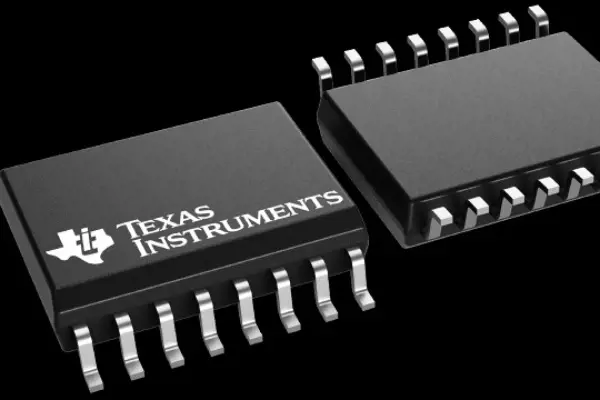
Small Outline Packag...
SOP (Small Outline Package) is a type of integra...
-
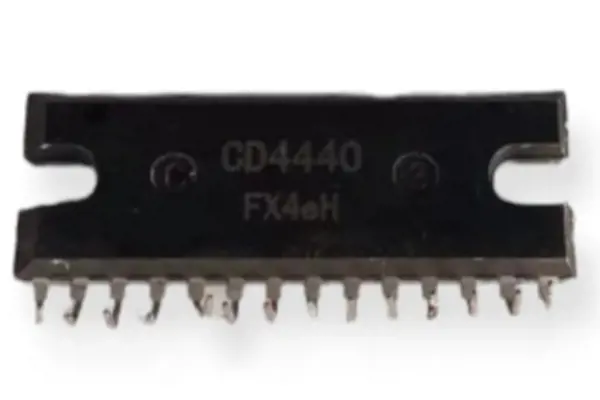
CD4440 IC: Datasheet...
The CD4440 IC is a stereo audio power amplifier ...
-
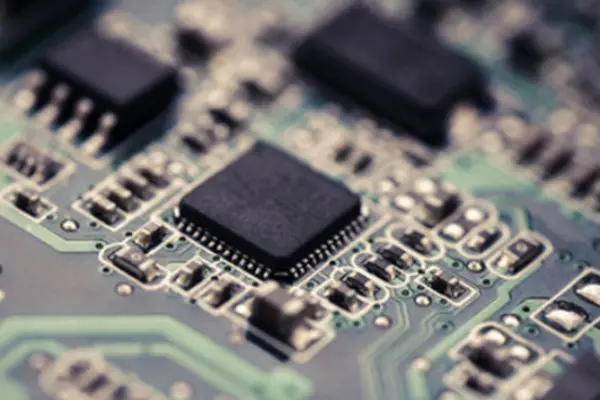
Advantages and Disad...
Operational amplifiers, or op-amps, offer a host...
-
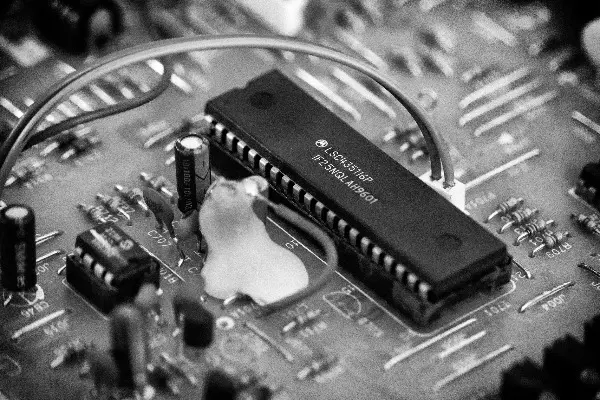
Dual Inline Package ...
Dual in-line package, also known as DIP package ...
Hot Products
-
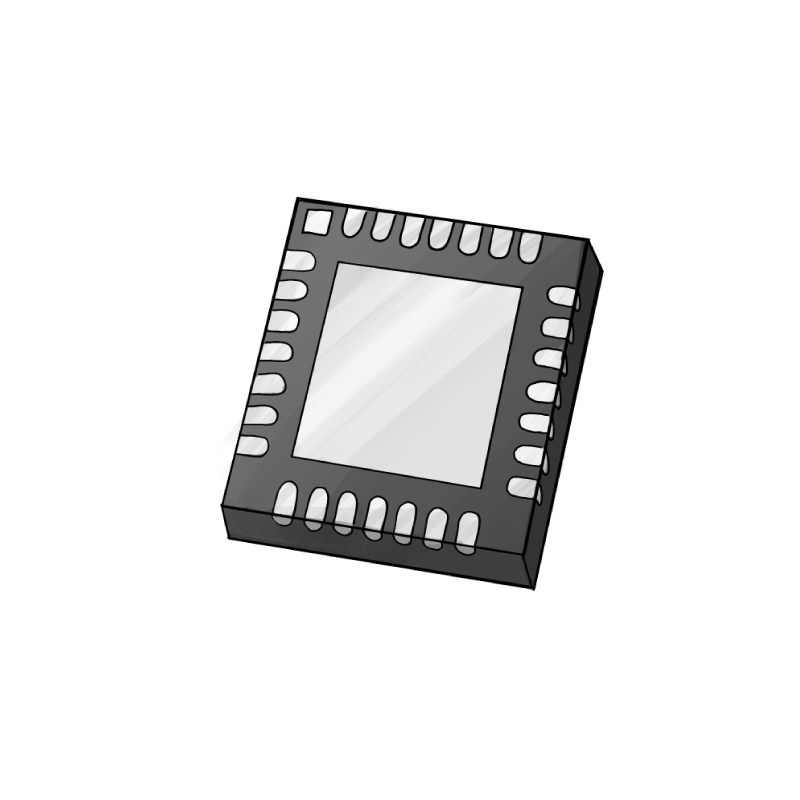
-
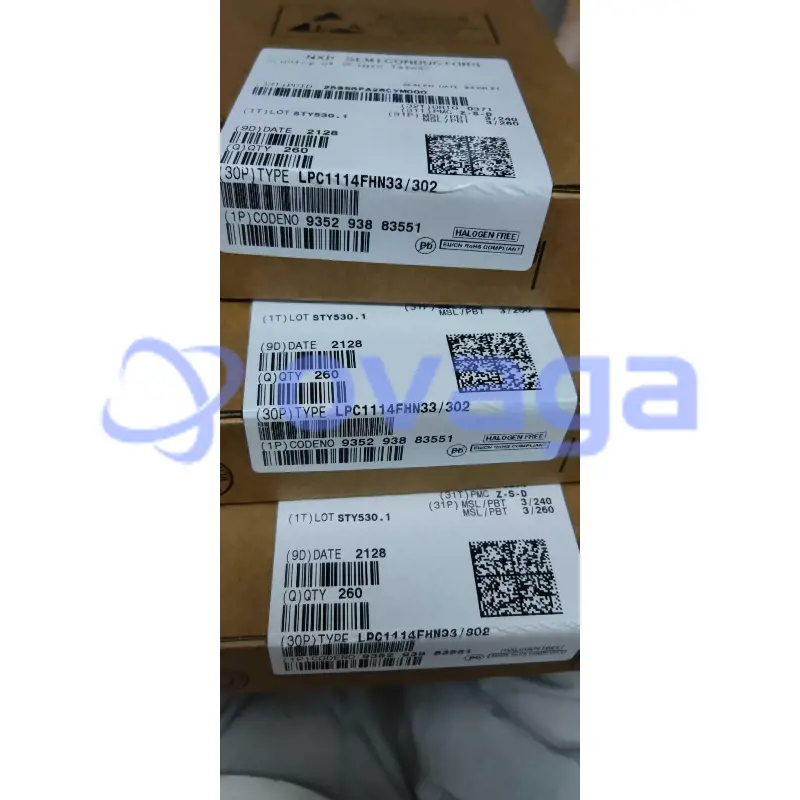
-
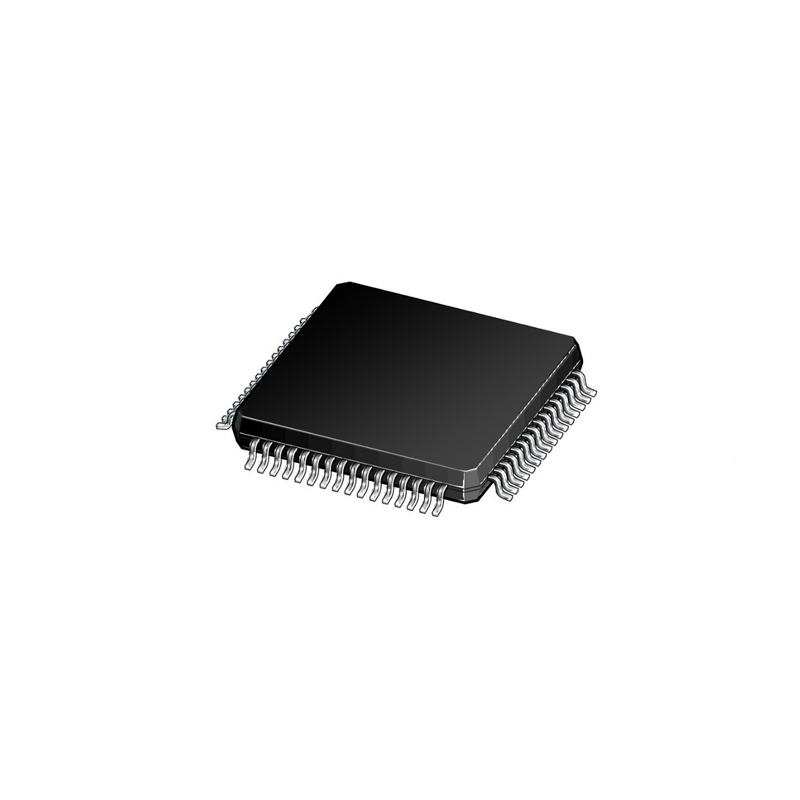
-
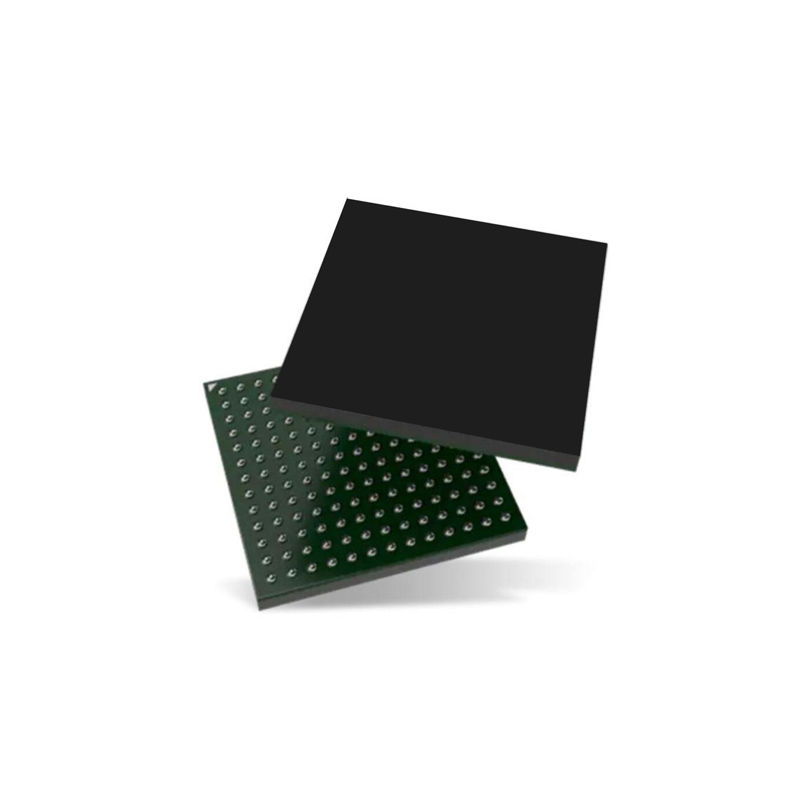
-
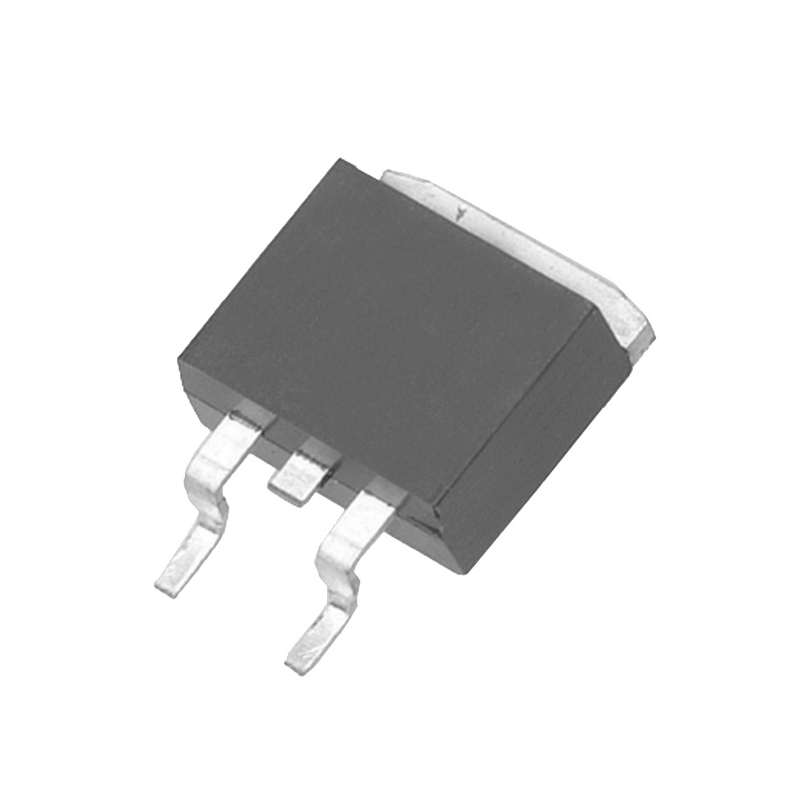
-
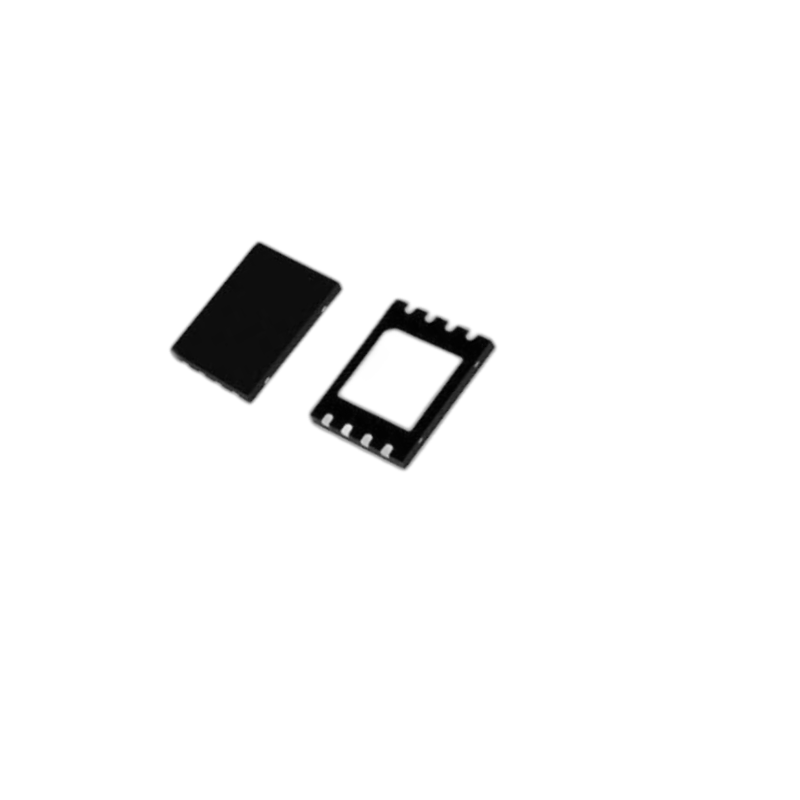
-

-
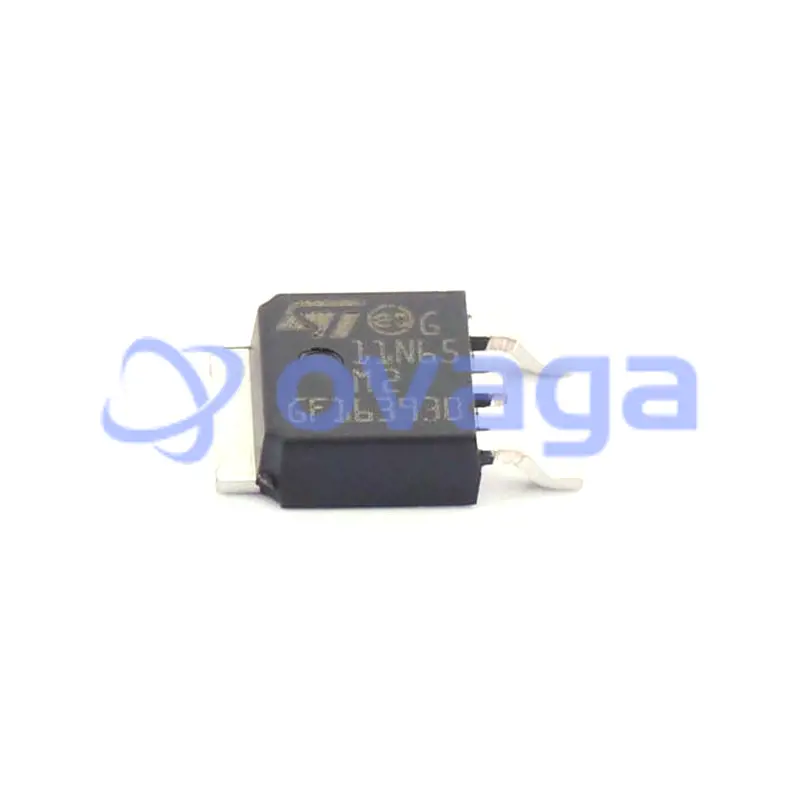
-
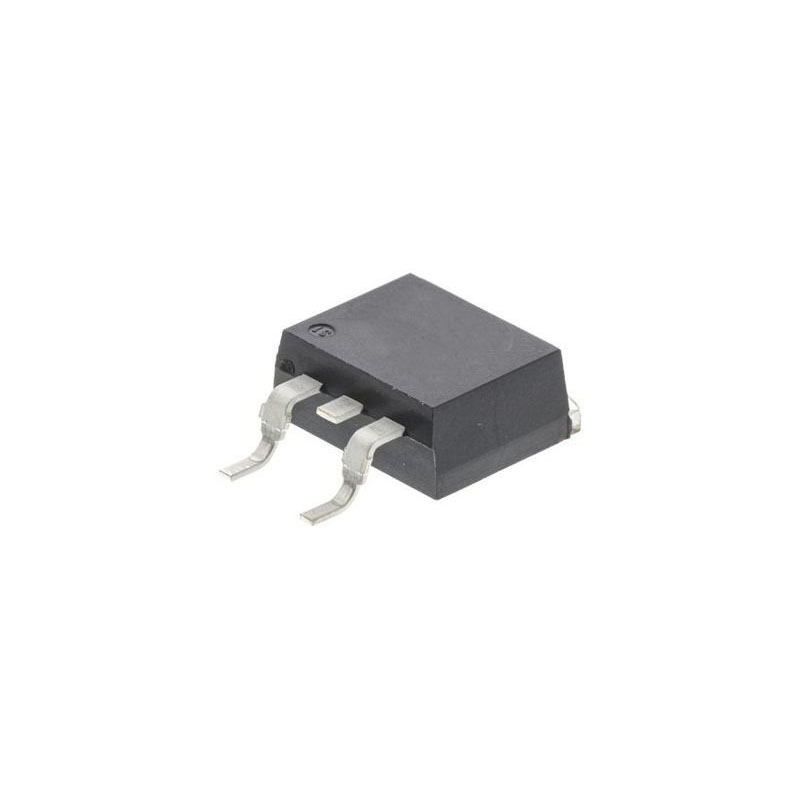
-

-

-

-

-

-

-

-
-
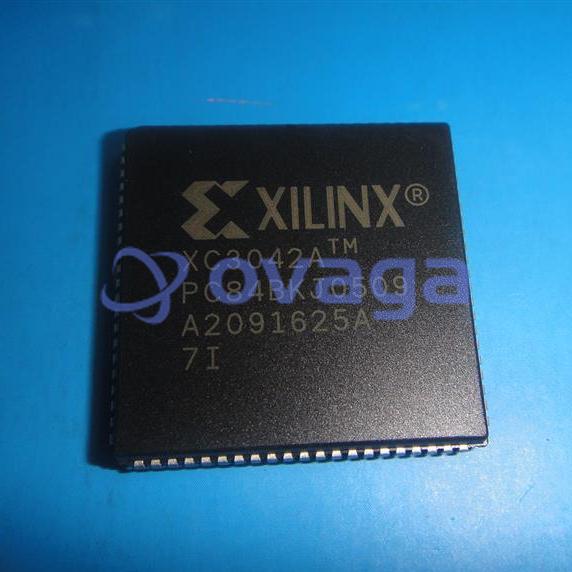
-
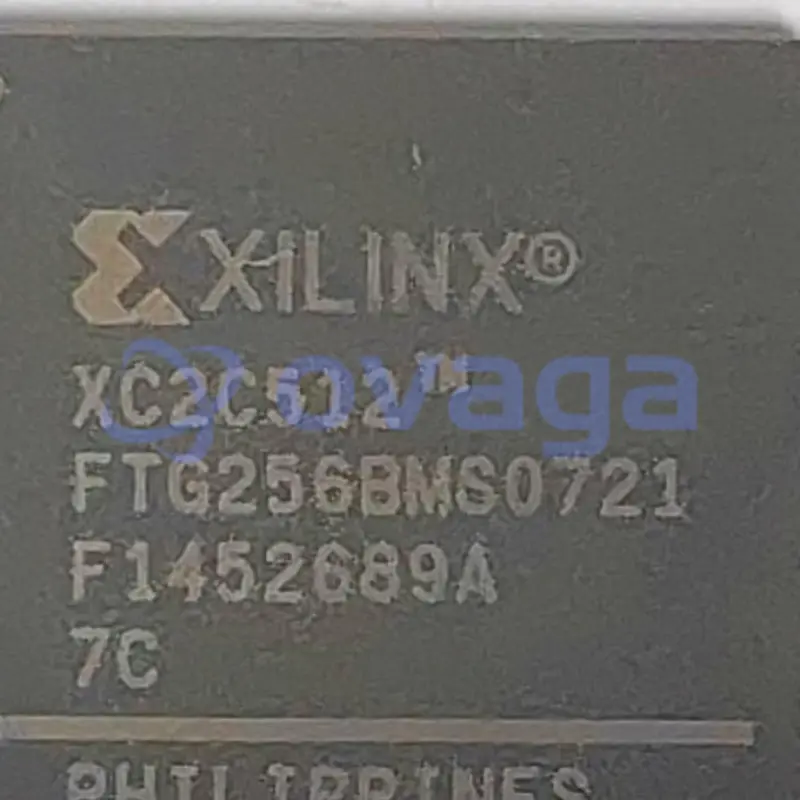
-
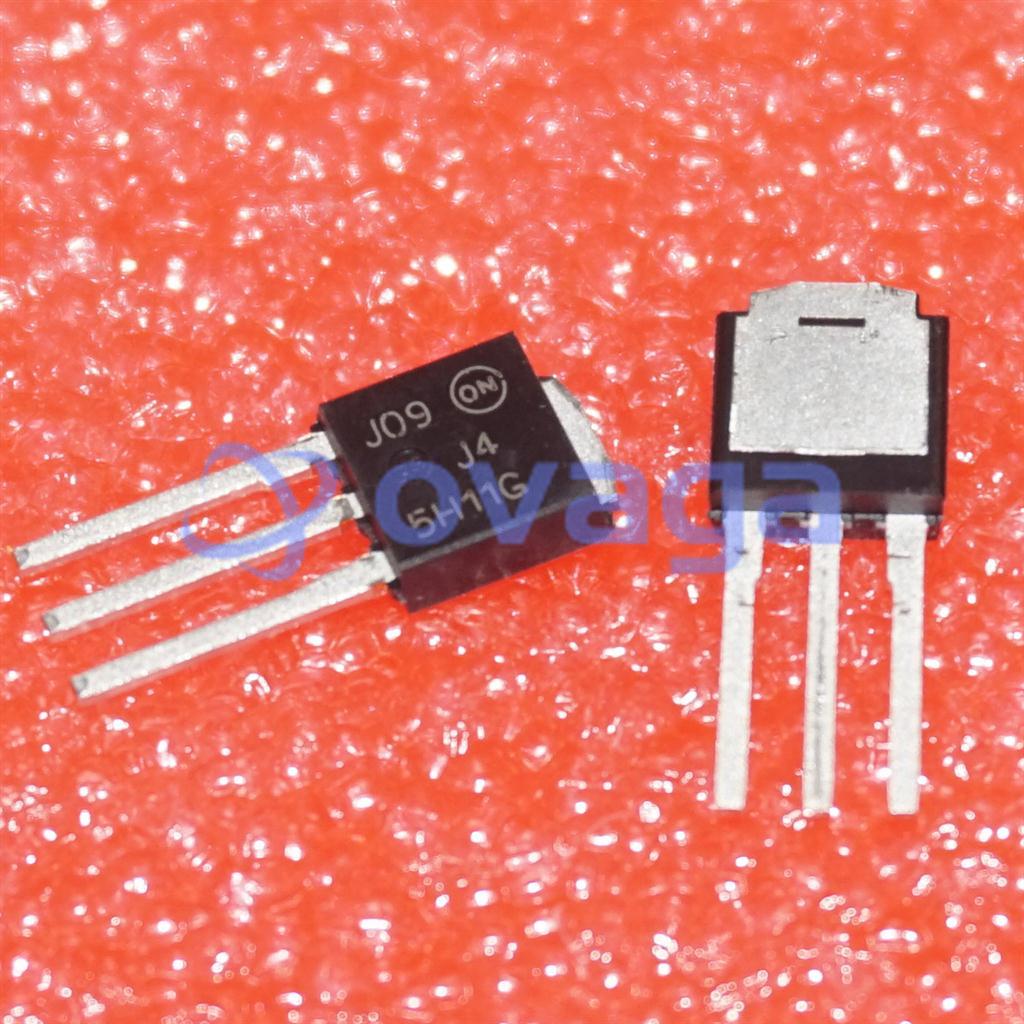
-
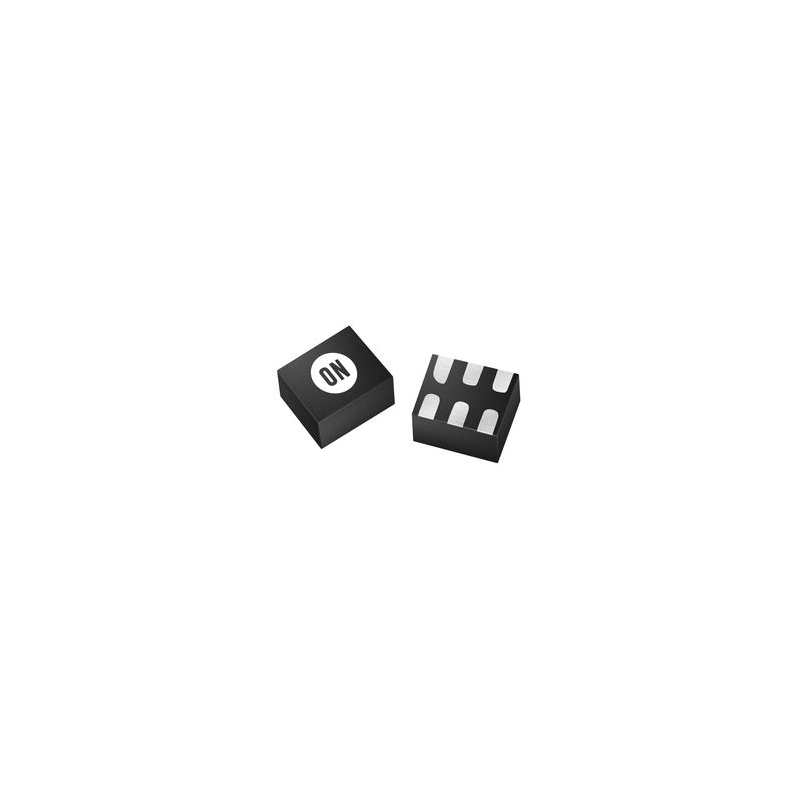
-
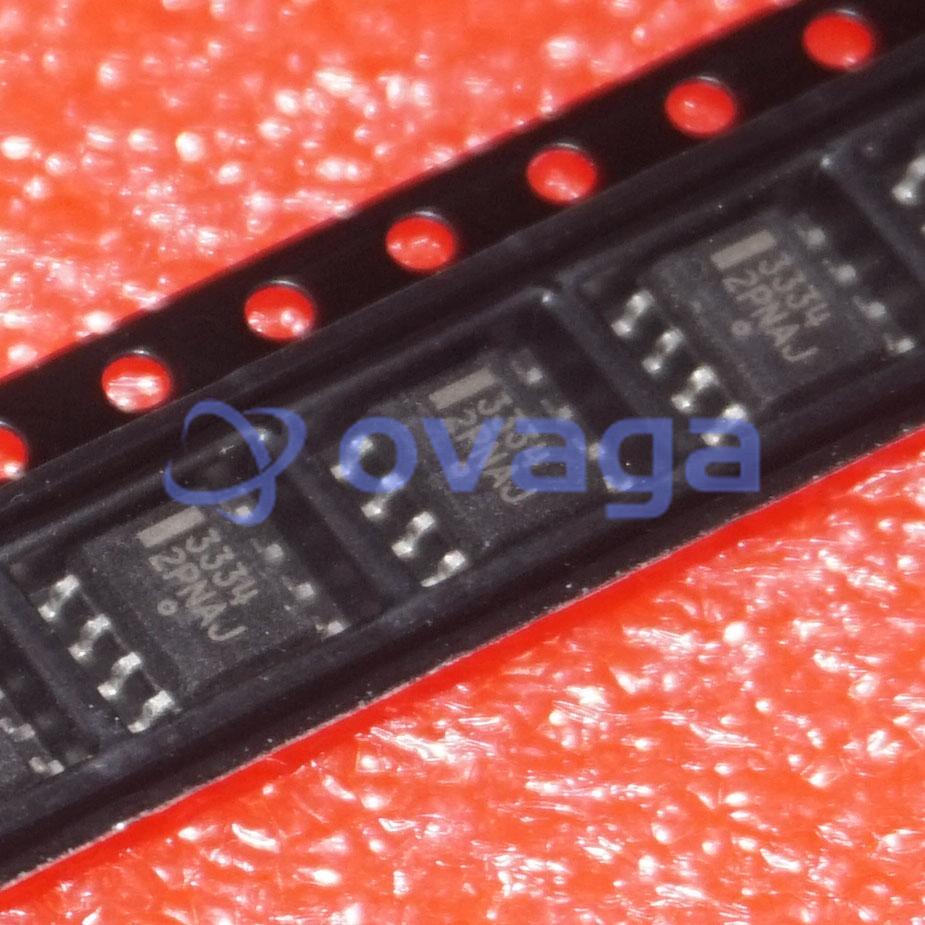
-
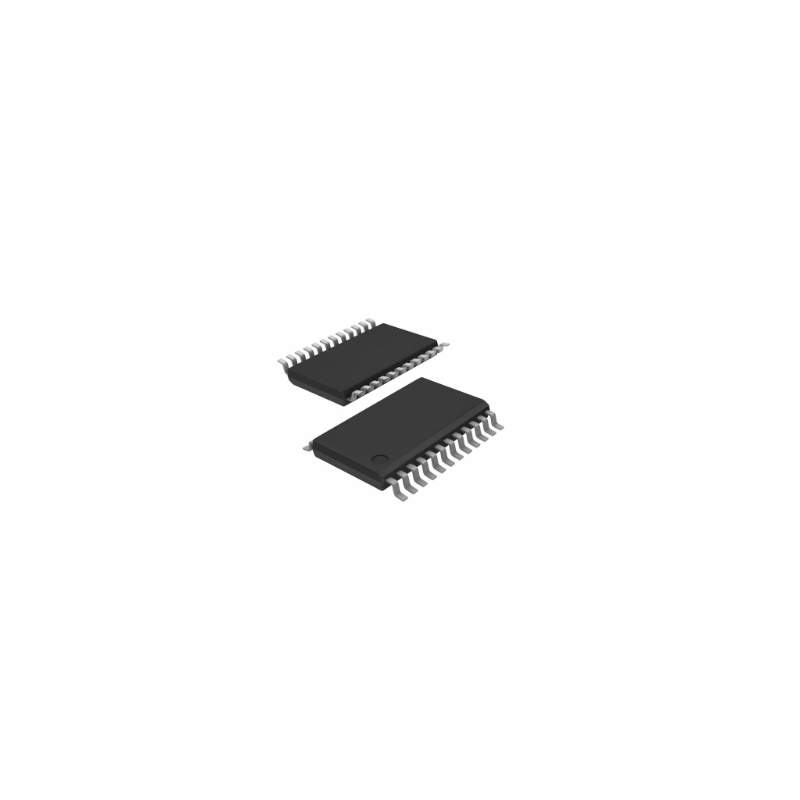
-

-
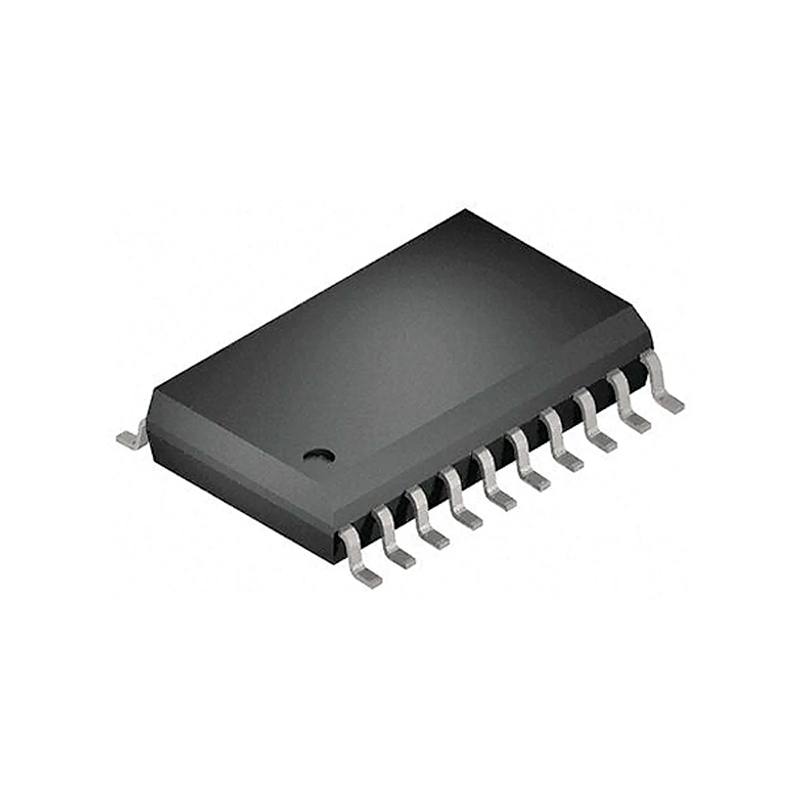
-
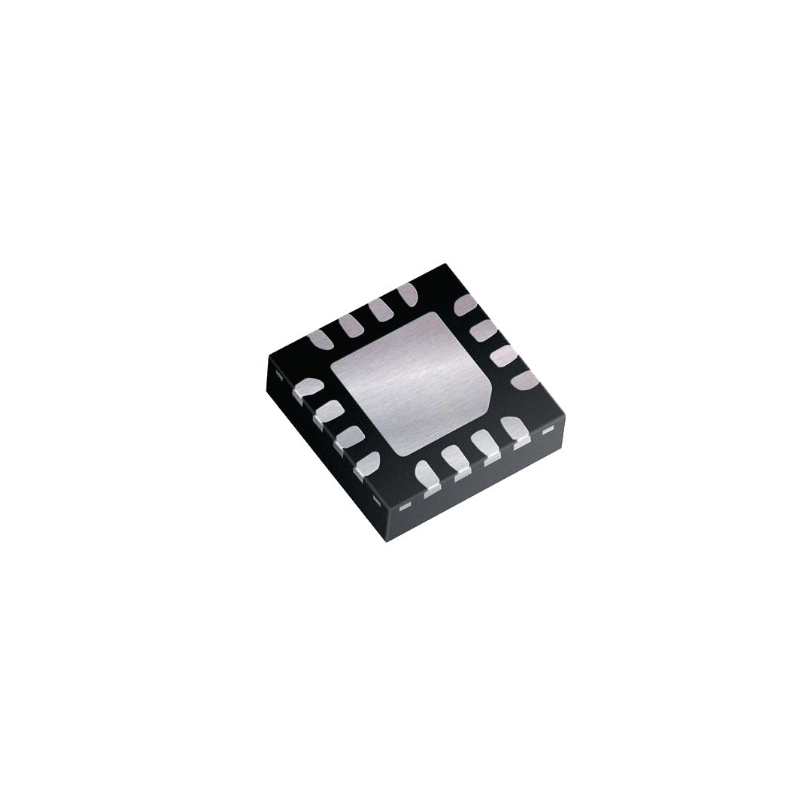
-
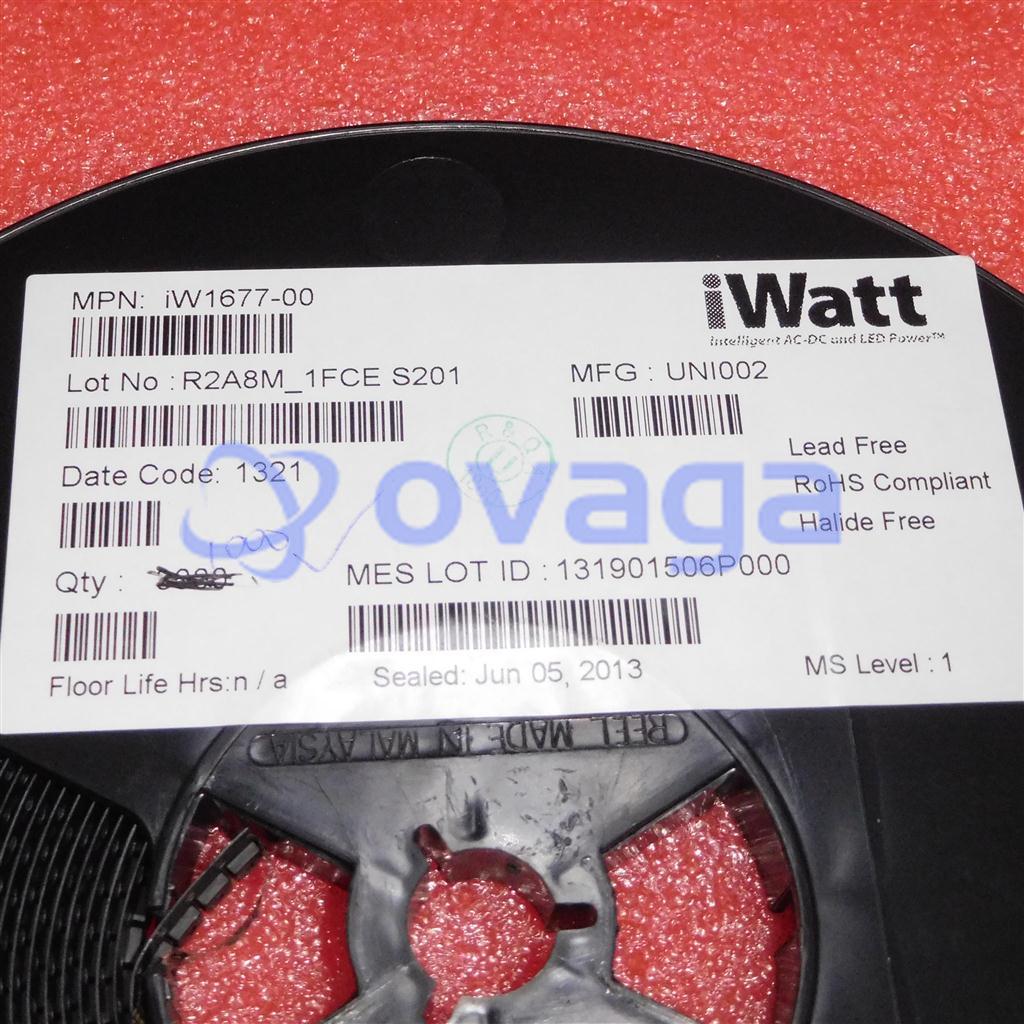
-
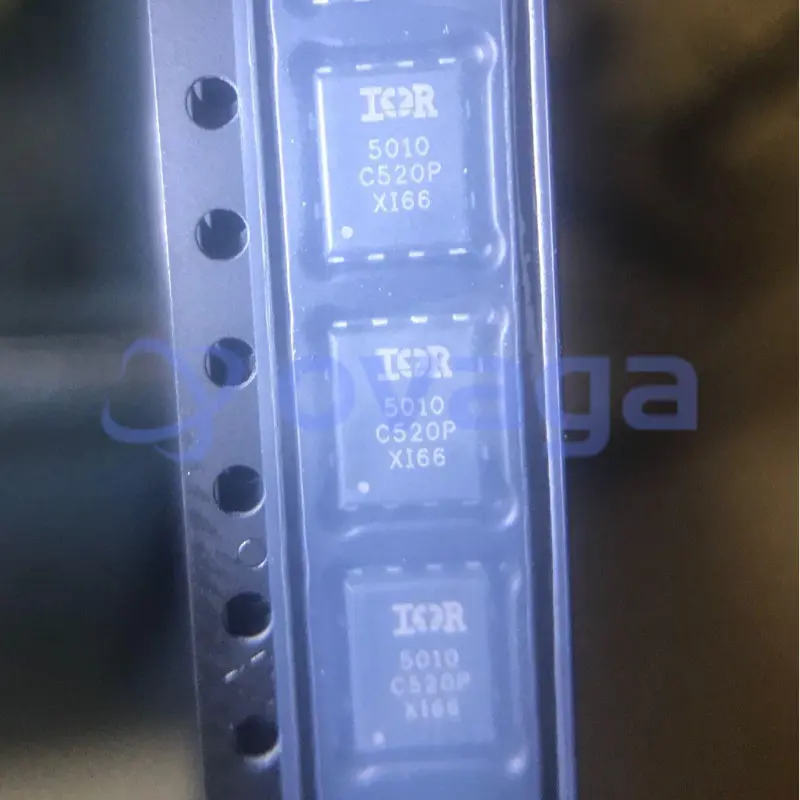
Infineon Technologies Corporation
100V Single N-Channel HEXFET Power MOSFET in a PQF...
-

Infineon Technologies Corporation
100V Single N-Channel HEXFET Power MOSFET in a D2-...
-
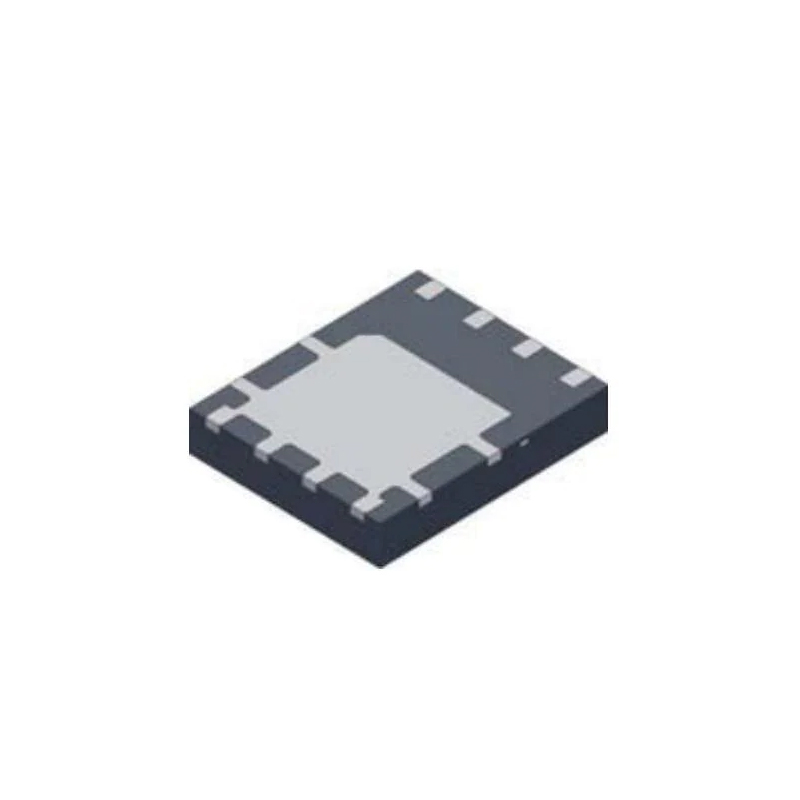
Infineon Technologies Corporation
150V Single N-Channel HEXFET Power MOSFET in a 5mm...
-
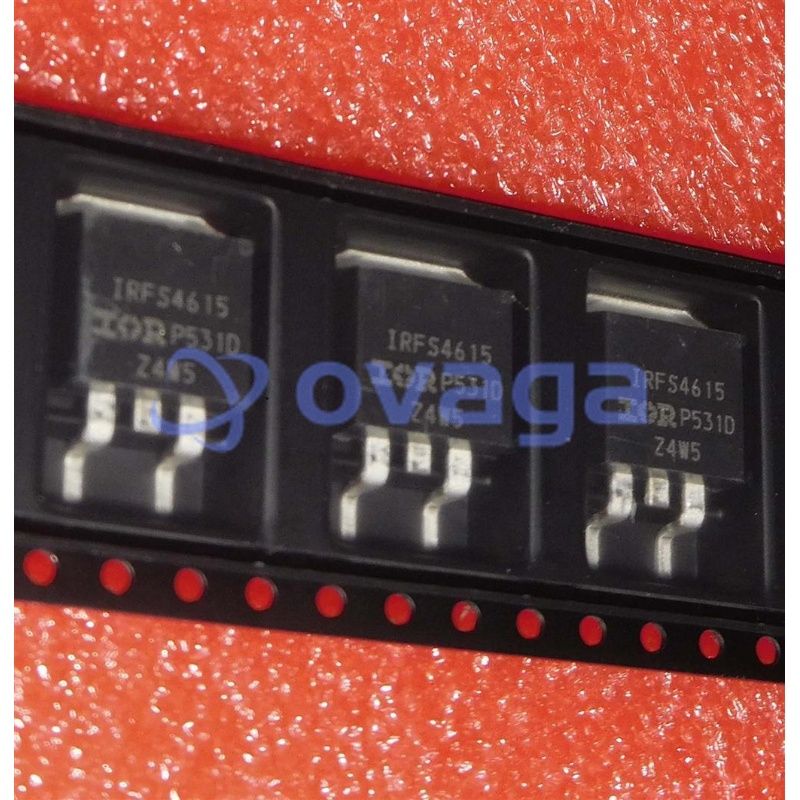
Infineon Technologies Corporation
150V Single N-Channel HEXFET Power MOSFET in a D2-...
-

Infineon Technologies Corporation
200V Single N-Channel HEXFET Power MOSFET in a D2-...
-
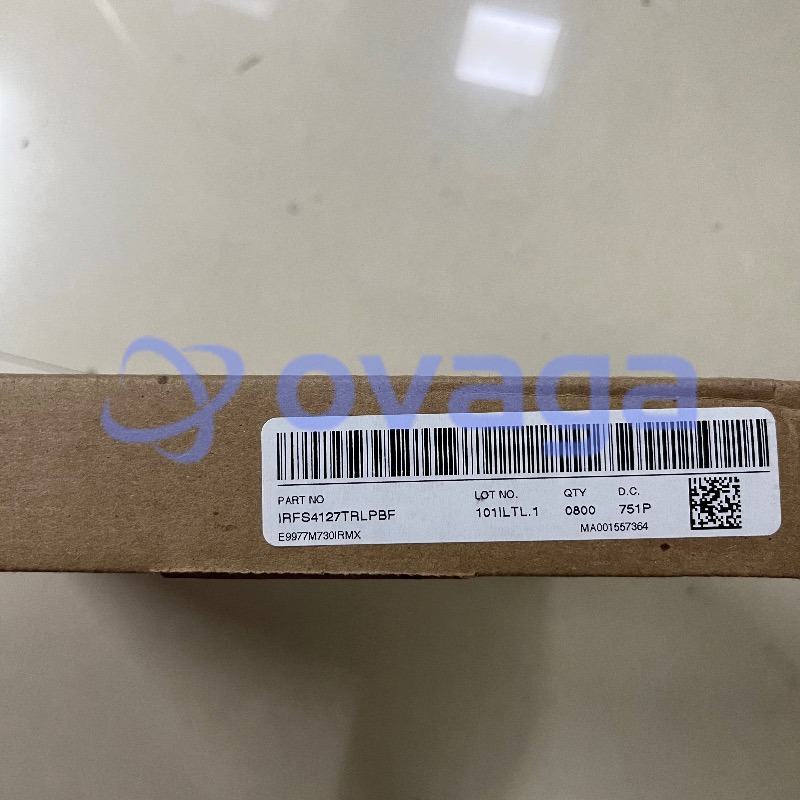
-

Infineon Technologies Corporation
250V Single N-Channel HEXFET Power MOSFET PDP Swit...
-
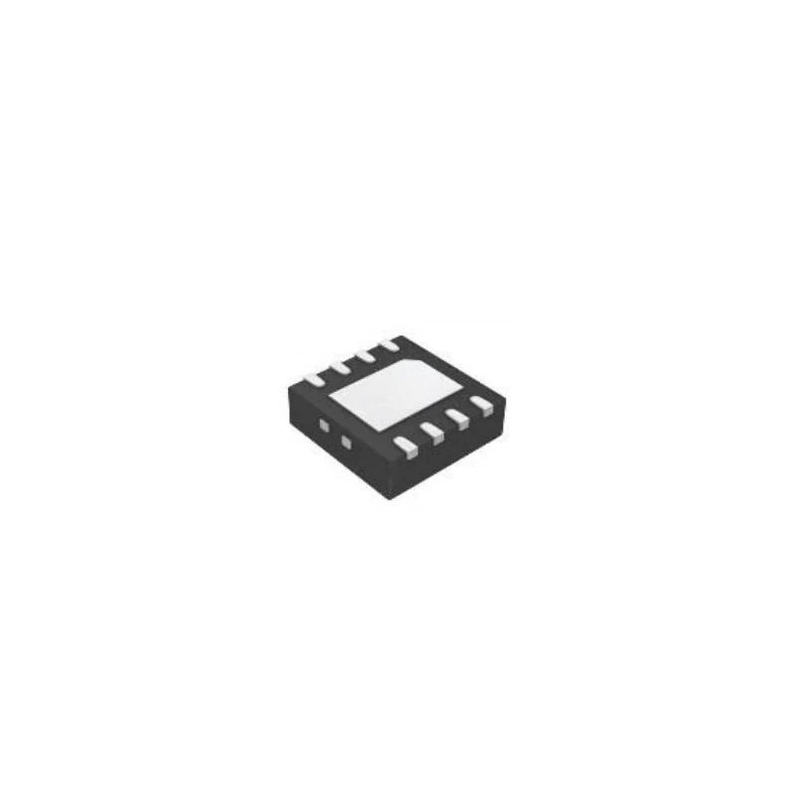
-
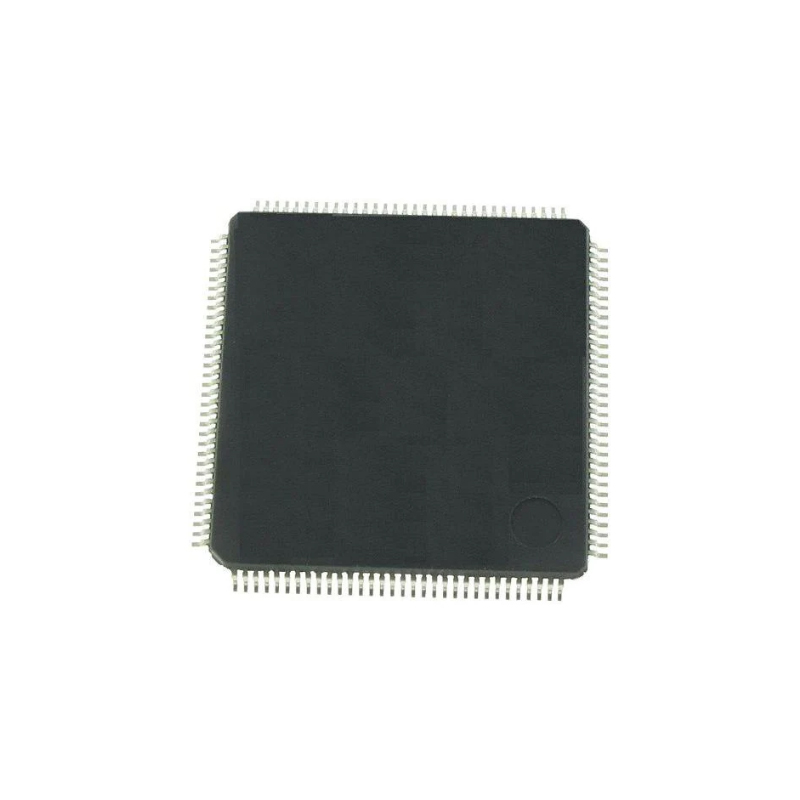
-
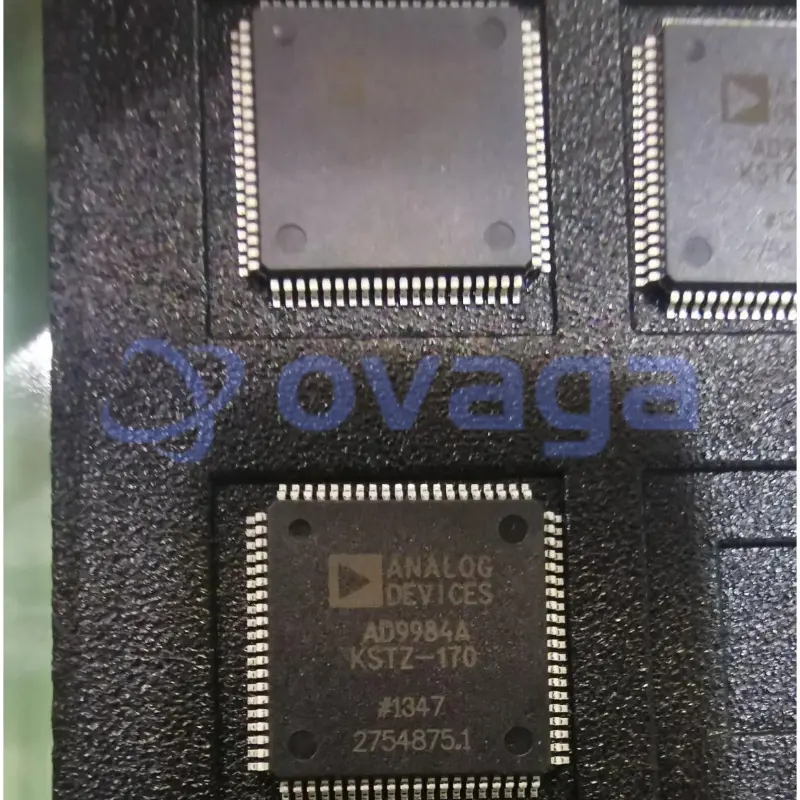
-
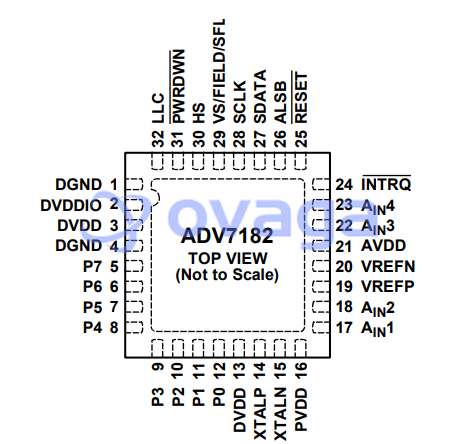
-

Infineon Technologies Corporation
60V Single N-Channel HEXFET Power MOSFET in a PQFN...
-
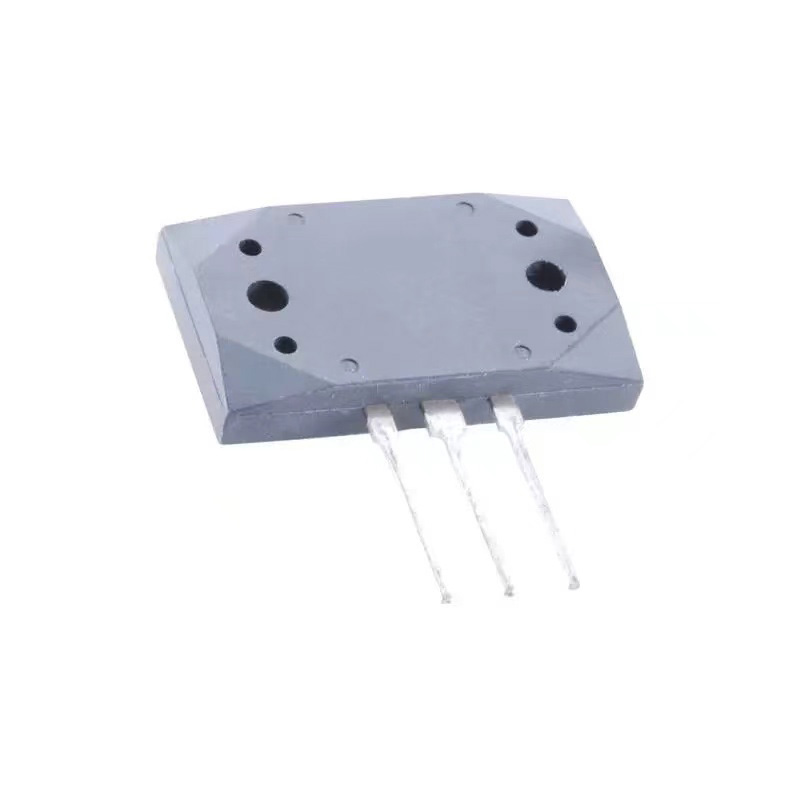
Infineon Technologies Corporation
A 30V Single N-Channel HEXFET Power MOSFET in a Di...
-
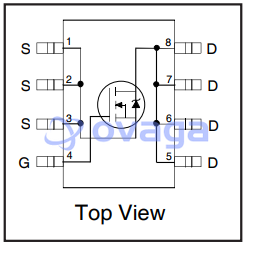
-
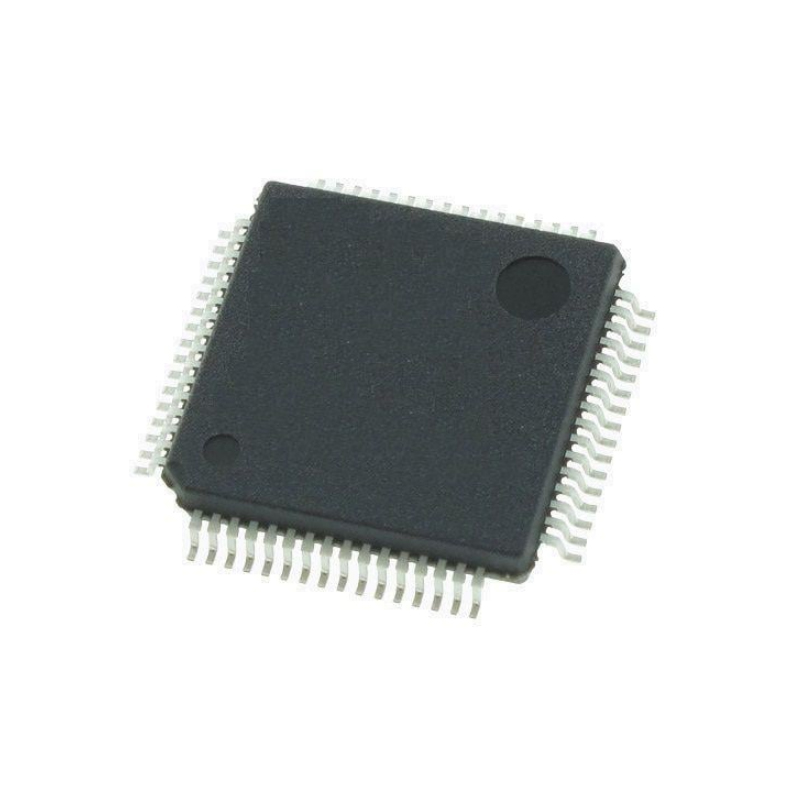
-

-
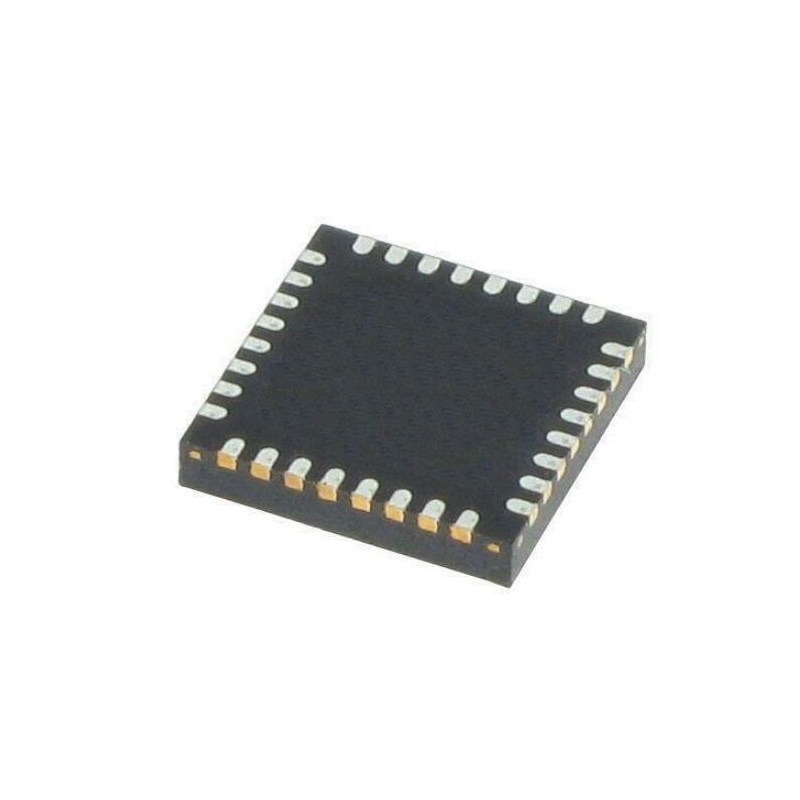
-
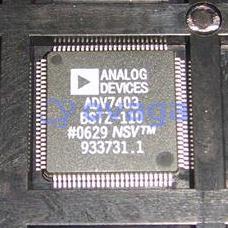
-
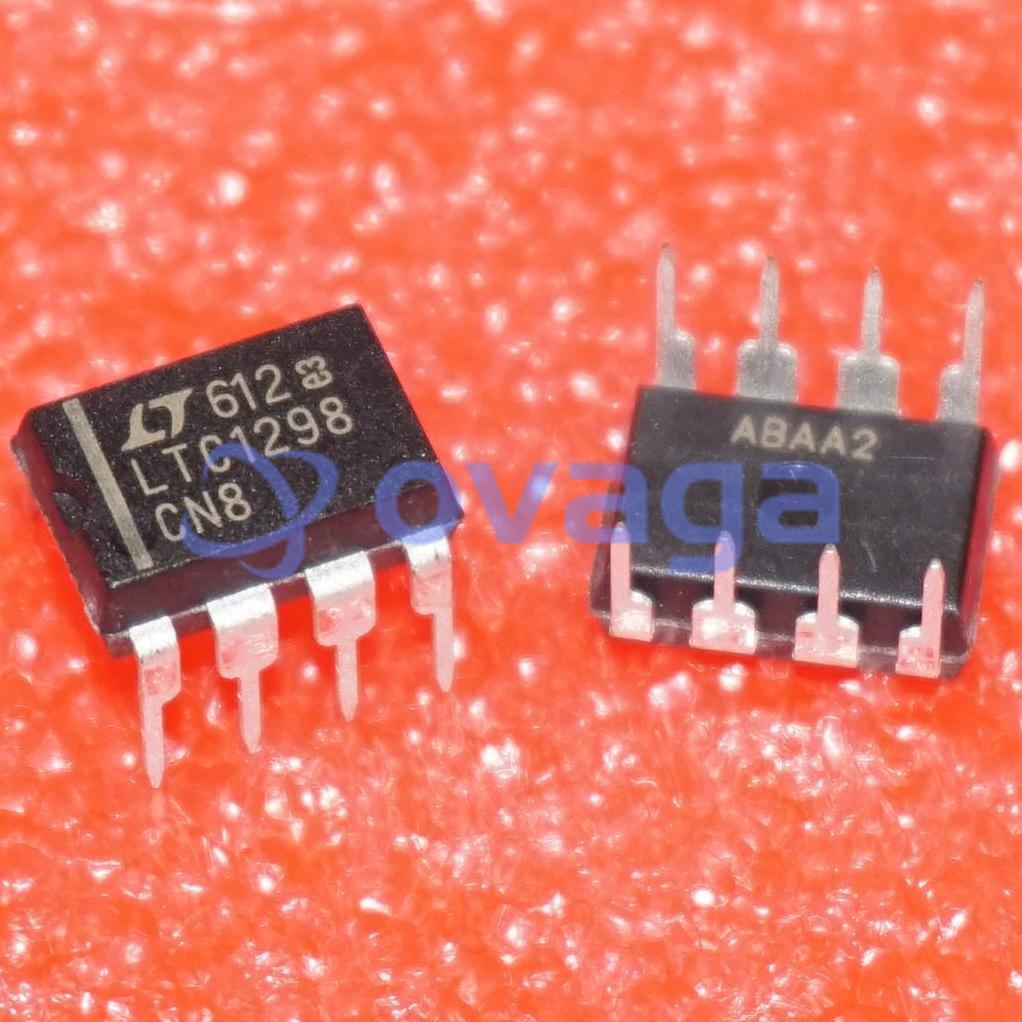
-
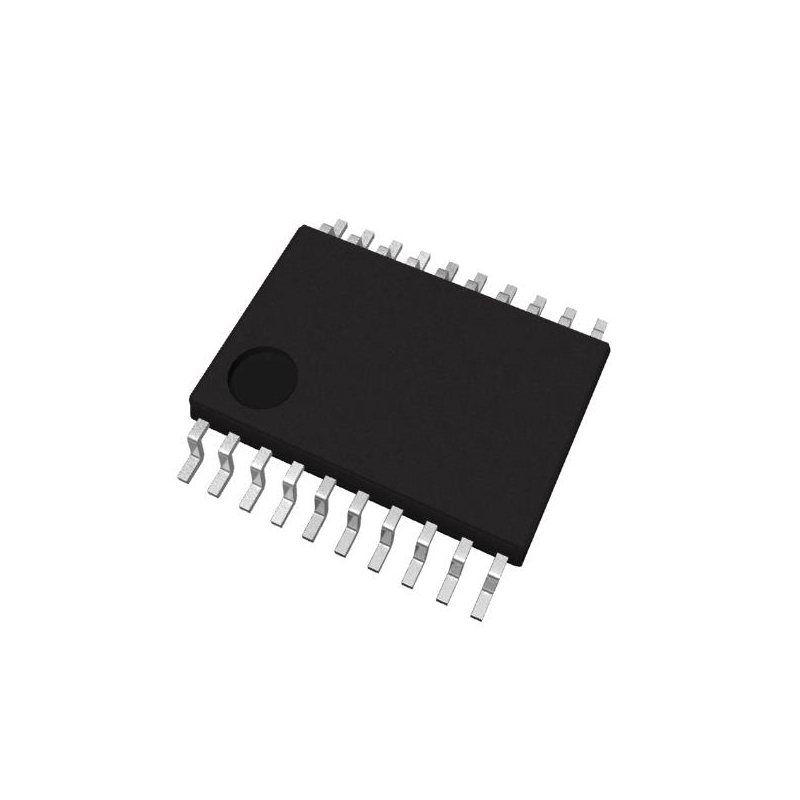
-
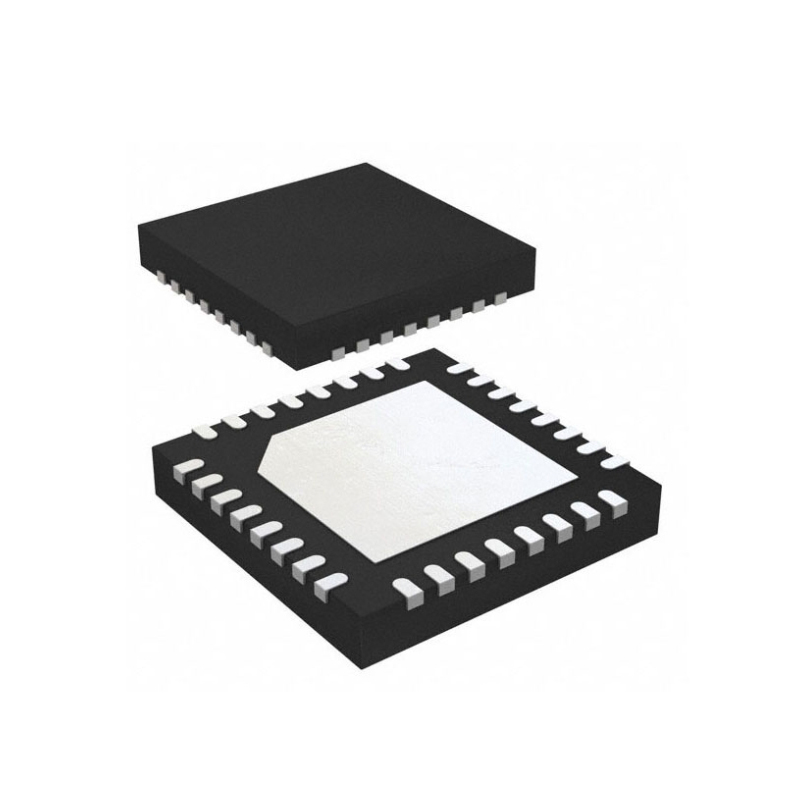
-
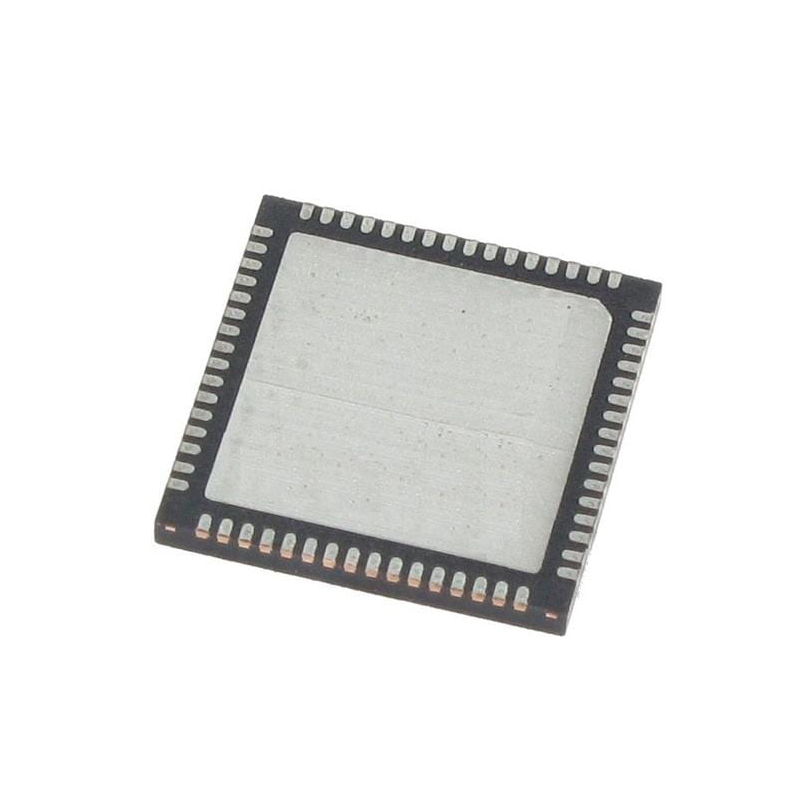
-









